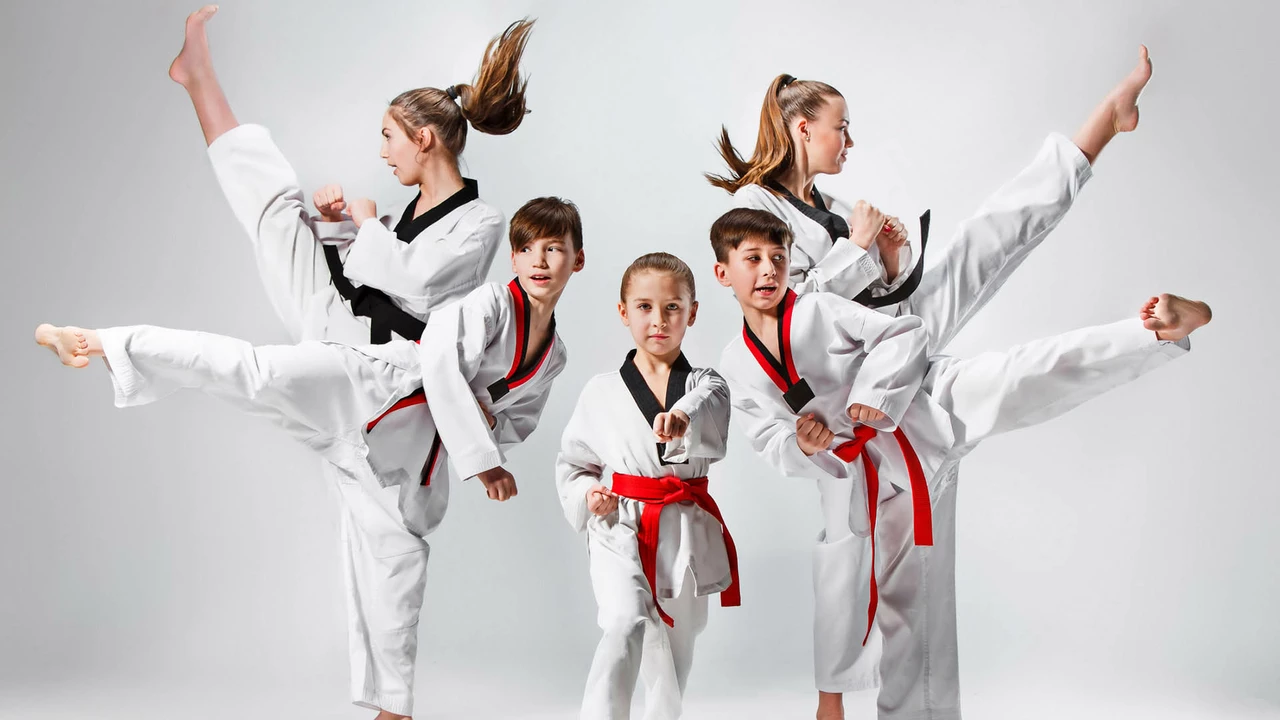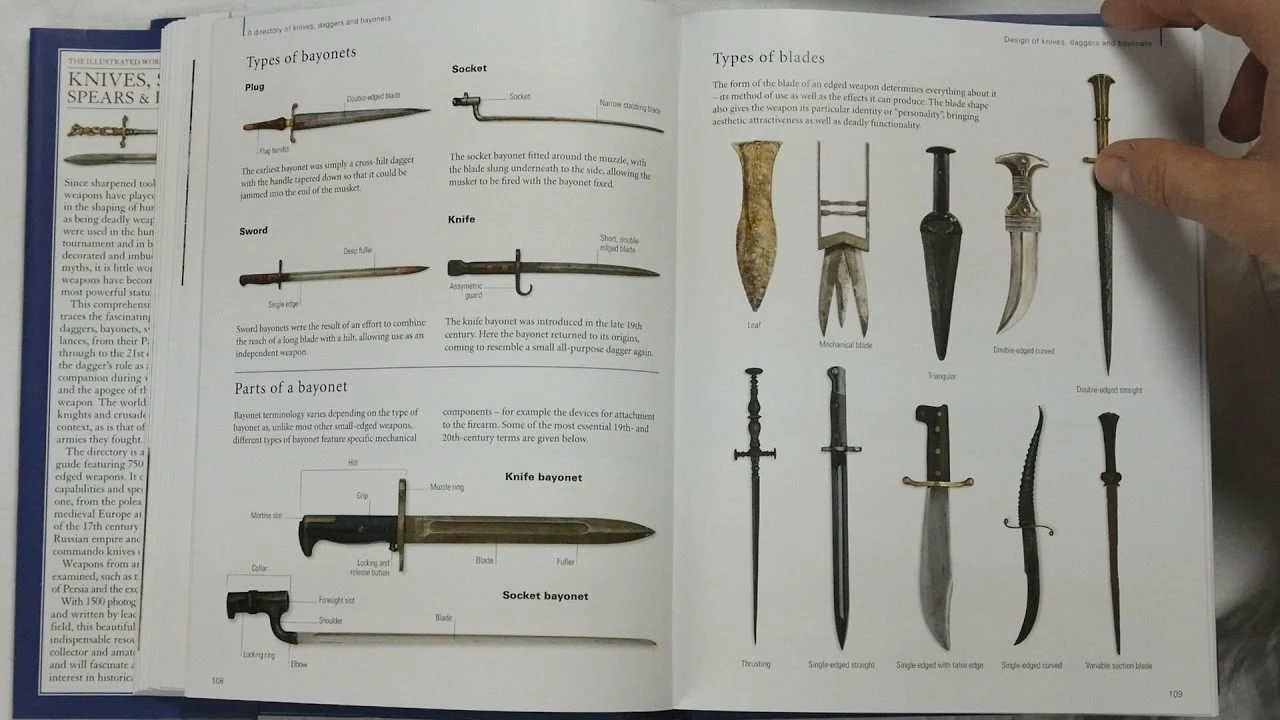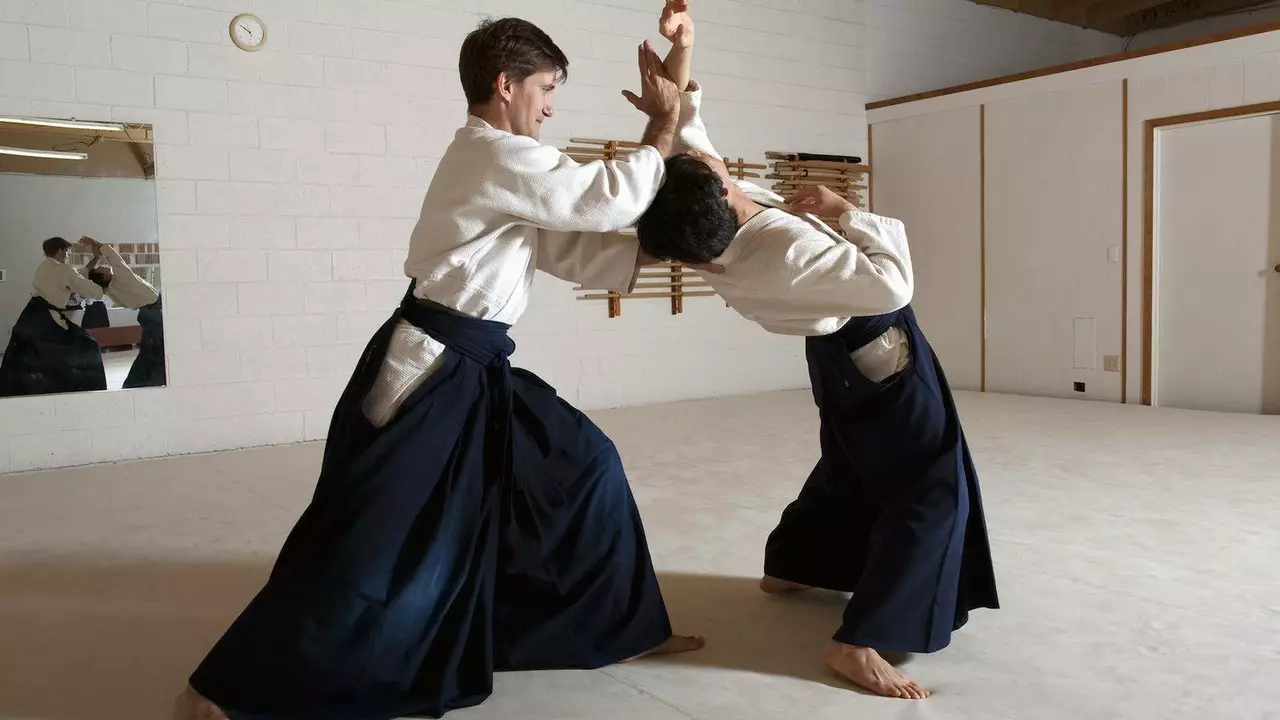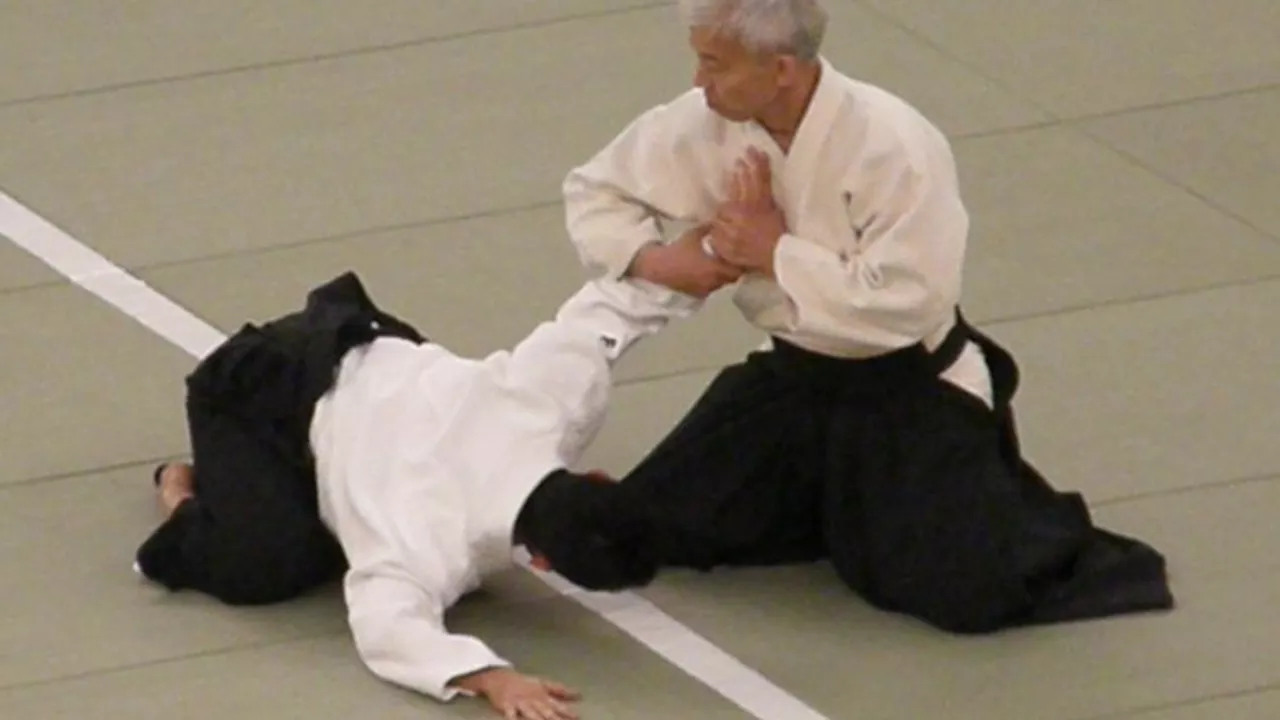July 2023 Martial Arts Archive
When you hear the term martial arts, a collection of combat disciplines that blend technique, philosophy, and physical conditioning, you probably picture flashy kicks or precise throws. Also known as budo, martial arts cover everything from gentle flowing forms to high‑impact strikes. This archive pulls together posts that break down those very ideas, giving you a snapshot of what we talked about in July.
One of the core sub‑disciplines we focus on is Aikido, a Japanese art that emphasizes blending with an opponent’s energy rather than meeting force with force. Aikido’s philosophy of harmony shows up in questions about how many moves exist and where to train, especially when readers ask about classes outside the UK, like in Bangalore. The answer? Aikido schools pop up worldwide, each teaching a core set of about 20 fundamental techniques that can be combined in countless ways.
Another topic that sparked curiosity is daggers, short, pointed blades historically used for hunting, self‑defense, and ceremonial purposes. While they aren’t a core part of Aikido training, understanding daggers helps us see how weapons shape broader combat styles. A dagger’s compact size makes it a practical tool in close‑quarters scenarios, and its presence in cultural rituals reminds us that many martial arts grew out of real‑world needs.
We also compared the big picture of several striking and grappling systems. Karate, a discipline focused on linear punches, kicks, and blocks thrives on speed and power. Its sister art, Judo, a sport built around throws, pins, and leverage, demonstrates how physics can turn an opponent’s momentum against them. Both arts sit under the larger umbrella of martial arts, illustrating how different techniques cater to varied body types, goals, and training environments.
What you’ll discover in this July collection
The posts below give you a quick tour of the questions we answered last month. First, we laid out the major differences between karate’s striking focus, judo’s grappling emphasis, kung fu’s fluid versatility, and taekwondo’s soaring kicks. Next, we dived into the practical side of daggers, highlighting their roles in hunting, self‑defense, and cultural ceremonies. Then, we answered a specific request for Aikido classes in Bangalore, pointing out a few reputable dojos and what you can expect from a typical class. Finally, we tackled the common myth that Aikido has a fixed number of moves, explaining why the art is more about adaptable principles than a static technique list.
Each article is written in a conversational tone, so you can skim for the facts you need or read the whole thing for deeper context. Whether you’re a beginner curious about which martial art fits your style, a hobbyist looking into weapon history, or a traveler searching for a local Aikido dojo, the July archive gives you clear, actionable info without the fluff.
Ready to dive into the details? Scroll down to see the individual posts, each packed with straightforward answers and practical tips you can try right away.



